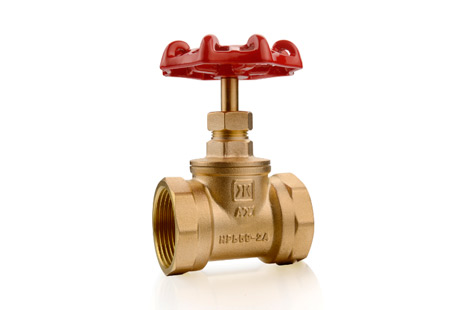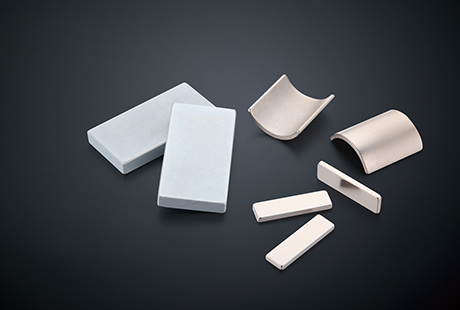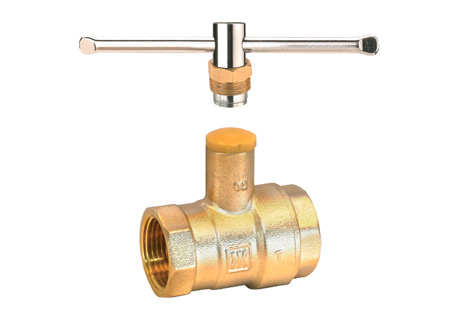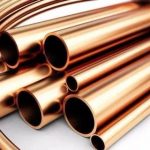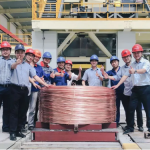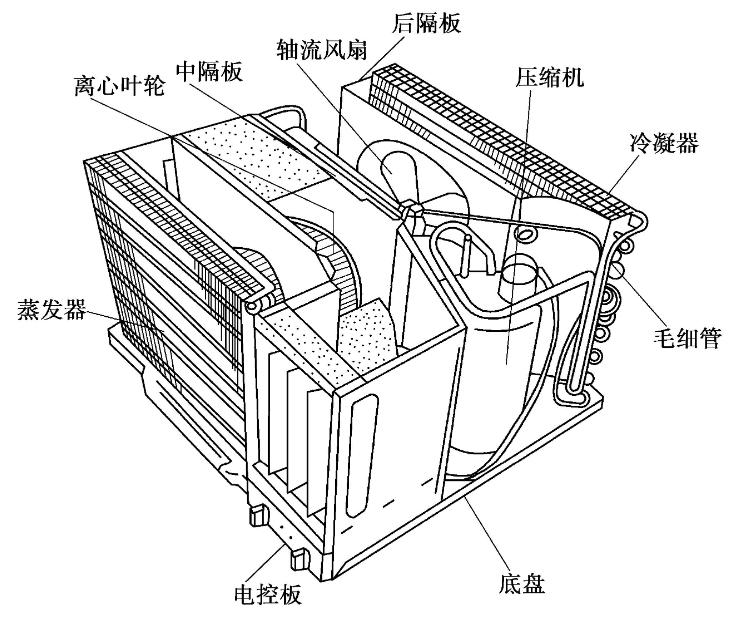
With the booming economic development, air conditioning has gradually become an indispensable appliance in modern households. It is like a guardian of the seasons, bringing coolness in the summer and warmth in the winter. Have you ever wondered what precise components make up this magical device that can regulate temperature? Today, let us unveil the mysterious components of the air conditioner and deeply explore the important roles they each play!
Condenser
Mainly composed of metal tubes (such as copper tubes) and fins. Acting as the "heat exchange master" of the refrigeration system, the main duty of the condenser is to exchange heat between the refrigerant and the outdoor air, expelling indoor heat outside to achieve a cooling effect.
Capillary Tube
A capillary tube is a fine, long metal tube (usually a capillary copper tube) with an internal structure that includes diameter and wall thickness. A larger diameter can reduce refrigerant resistance and increase refrigerant flow speed, but an overly large diameter may decrease the heat transfer coefficient. The capillary tube precisely controls the flow of the refrigerant through its tiny orifice, playing a throttling and pressure-reducing role. Despite being small, it is the "throttling expert" in the refrigeration system.
Compressor
Known as the "heart" of the refrigeration system, the compressor provides the circulating power for the entire system and is the key to pushing the refrigerant to continuously circulate within the system. Key materials include electromagnetic wires, neodymium-iron-boron magnetic steel, etc.
Evaporator
The evaporator primarily consists of the liquid refrigerant inlet and outlet, evaporator coil, fins, fan, casing, and condensate pan. While working in tandem with the condenser, the evaporator is responsible for exchanging heat between the refrigerant and indoor air, absorbing indoor heat, and bringing coolness.
Gas-Liquid Separator
Primarily composed of a cylinder, cyclone separator, high-efficiency demister, and drain valve. This component, closely connected to the compressor, acts like an "intelligent liquid reservoir." It stores part of the refrigerant during the return flow to prevent compressor damage and ensure the smooth supply of the refrigerant.
Three-Way Valve
Composed mainly of the valve body, valve core, and spring. The valve body is usually made of copper or brass, and the valve core is made of stainless steel. The valve core has three small holes serving as the intake, outlet, and exhaust ports. By rotating the valve core, the connection state between the ports can be changed. Typically installed on the gas pipe side of the outdoor unit, the three-way valve not only has the function of a two-way valve but also provides an additional service port, greatly facilitating air conditioning maintenance.
Electronic Expansion Valve
Composed of a coil, valve needle, and valve body, with the valve body usually made of brass. When the coil, made of enameled wire, is energized, a magnetic field is generated that acts on the valve needle, driving it to rotate and change the opening degree of the valve port. By precisely controlling the current direction and magnitude of the coil, the flow rate of the refrigerant can be accurately adjusted, thereby regulating the output of cooling or heating to achieve more intelligent temperature control.
Solenoid Reversing Valve (Four-Way Valve)
Structurally similar but more complex than the three-way valve, it includes more channels and valve core components to achieve the switching between cooling and heating modes. The valve body, also made of copper or brass, withstands high pressure and high-temperature environments. In heat pump-type air conditioners, it acts as the "transformer," responsible for switching between cooling and heating modes, making the air conditioner more flexible and versatile.
Check Valve
Also known as a non-return valve, it consists mainly of a nylon valve needle, valve seat, limiting ring, and housing. The valve needle forms a seal with the valve seat under the action of a spring to prevent reverse flow of the refrigerant. When the refrigerant flows in the forward direction, the valve needle is pushed open to allow the refrigerant to pass. It effectively prevents the reverse flow of refrigerant, ensuring the normal operation of the refrigeration system, especially important in heat pump air conditioners.
Dry Filter
The housing is formed using copper tubing, featuring good sealing and pressure resistance. As the "guardian" of the refrigeration system, the dry filter is responsible for absorbing moisture in the system and blocking impurities, preventing pipeline blockages, and ensuring clean and efficient operation of the system.
Each component performs its duty, collectively creating the powerful functionality of the air conditioning system. Understanding the roles of these components can help us better maintain our air conditioners and make more informed choices when purchasing. For purchasing copper tubes and fittings, copper bars, valves, enameled wires, and magnetic steel products, please contact Jintian Copper: 0574-83005999.

 English
English 한국어
한국어 français
français Deutsch
Deutsch Español
Español italiano
italiano العربية
العربية tiếng việt
tiếng việt Türkçe
Türkçe ไทย
ไทย 中文
中文

